Ryder has suggested that an examination of Norse wools from Scottish sites show a predominantly hairy fleece type that is different than the native Soay (and also different than the wools found at Roman sites) and believes that this provides a further link between the Herdwick and the sheep brought to the area by the Vikings.
Coupling this research and the fact that I have managed to obtain a sample of Herdwick wool, I have opted to include the breed among my other descriptions here.
| The Herdwick is a hardy breed of sheep native to Britain and lives in the highest mountains of the Lake District. The name comes from Herdwyck or Herdvyck, has Saxon roots and means “sheep pasture”, and can be found in documents dating back to the 12th century when their wool was already important to local abbeys for the production of carpets. (Herdwick Sheep Breeders Association; Ekarius and Robson, 266; Dohner, 124) While we now understand that these are most likely sheep descended from Viking stock interbreeding with British sheep, there are other interesting tales of how they arrived in Britain, including one talks of forty small sheep that managed to swim ashore after the wreck of a Spanish galleon around 1588. (Wrightson, 91) These exceptionally hardy animals can withstand cold, harsh weather and exist solely on forage. Beyond that they are both long-lived and prolific, making them a favorite of local farmers. |
Herdwicks have a dual coat, much like that of other primitive breeds (and is described by Ryder as having a Hairy fleece type). The outer coat is comprised of guard hairs, kemp and heterotype hairs. Heterotype hairs, upon close inspection, appear to be a hybrid between the guard hairs and the wool with tips looking like the root end looking like the latter. This special type of fiber actually changes properties during the year to be more warm and insulating in the winter and more like hair to repel water in the summer. (Ekarius and Robson, 267; Piggot and Thirsk, 369; Burns) Additionally, the heterotype hairs are also present in some other members of the North European Short-tailed group of sheep, giving the Herdwick another connection to those breeds. (Ryder, Sheep & Man, 192)
The heavy outer coat is coarse, often suited for use in carpet weaving. And the while the undercoat is fine in comparison (and purportedly good for spinning to knit for sweaters), the sample I had had the staple length of both coats was so similar that it was hard to separate the types of fiber. (Unlike dual coated breeds such as the Spaelsau or Icelandic where the hairy coat is quite long compared to the soft under wool, making it easy to grasp the tips and pull the fleece types apart.) Beyond that, even the undercoat, in my samples, was more coarse than I would even care to use for an outergarment, though I can certainly see the appeal of the nice tweedy shades that it would produce.
Resources:
Burns, Marca. “The development of the fleece and follicle population in Herdwick Sheep.” The Journal of Agricultural Science, Volume 44, Issue 4. Cambridge University Press, 1954.
Dianna Bowles, Amanda Carson, Peter Isaac. “Genetic Distinctiveness of the Herdwick Sheep Breed and Two Other Locally Adapted Hill Breeds of the UK.” PLoS ONE, 2014.
Dohner, Janet Vorwald. The Encyclopedia of Historic and Endangered Livestock and Poultry Breeds. Yale University Press, 2001.
Dýrmundsson, Ólafur and Niznikowski, Roman. “North European short-tailed breeds of sheep : a review,” 59th Annual Meeting of the European Association for Animal Production. 2008
Ekarius, Carol and Robson, Deborah. The Fleece & Fiber Sourcebook: More Than 200 Fibers, from Animal to Spun Yarn. Storey Publishing, LLC, 2011.
Herdwick Sheep Breeders Association: http://www.herdwick-sheep.com/
The Herdy Company Blog. http://www.herdy.co.uk
Piggot, Stuart and Thirsk, Joan. The Agrarian History of England and Wales: Volume 1, Prehistory to AD 1042. Cambridge University Press, 2011.
Ryder, M. L. “Medieval Sheep and Wool Types.” Agricultural Review, Vol. 32, No. 1, 1984.
Ryder, M. L. Sheep & Man. Gerald Duckworth & Co., 1983.
Ryder, M. L. “Changes in the fleece of sheep following domestication (with a note on the coat of cattle”.
Ryder, M. L. "A Survey of European Primitive Breeds of Sheep," Annales de Génétique et de Sélection Animale. 13, no. 4: 381−418, 1981.
Ryder, Michael L.. "The History of Sheep Breeds in Britain." The Agricultural History Review, 12, no. 1: 1−12, 65-82. 1964.
Visit Cumbria. http://www.visitcumbria.com/herdwick-sheep/
Wrightson, John. Sheep: Breeds and Management. Vinton Publishing, 1898.
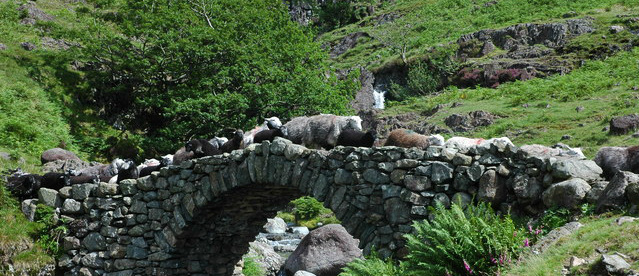
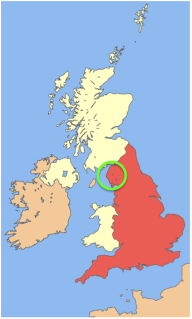
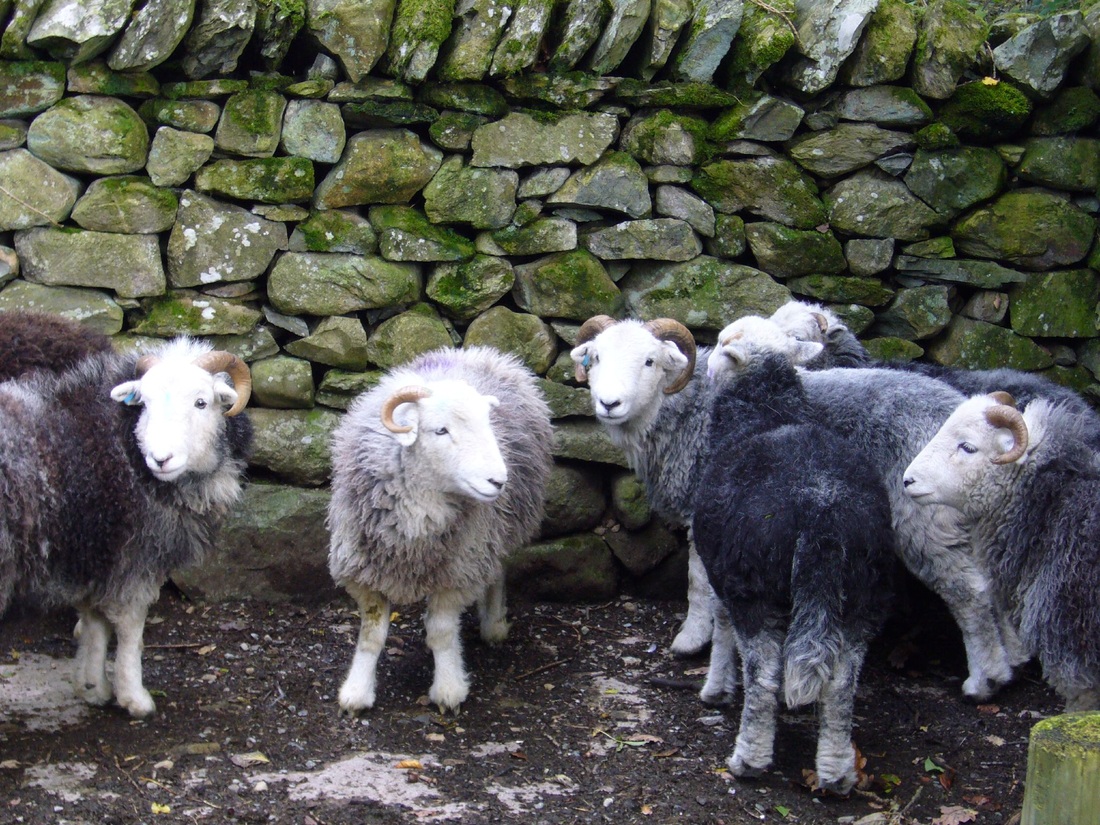
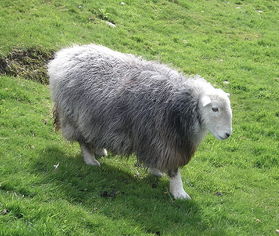
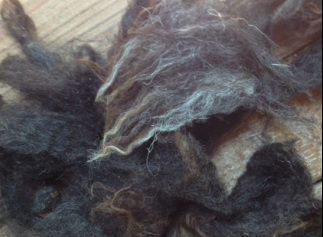
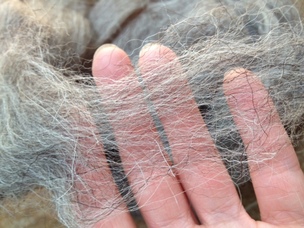
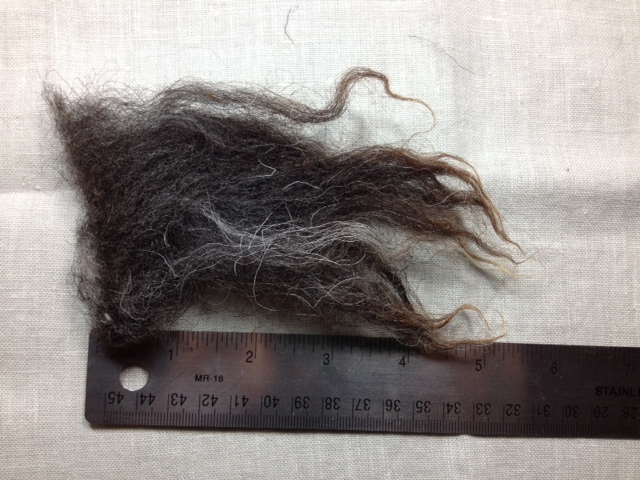
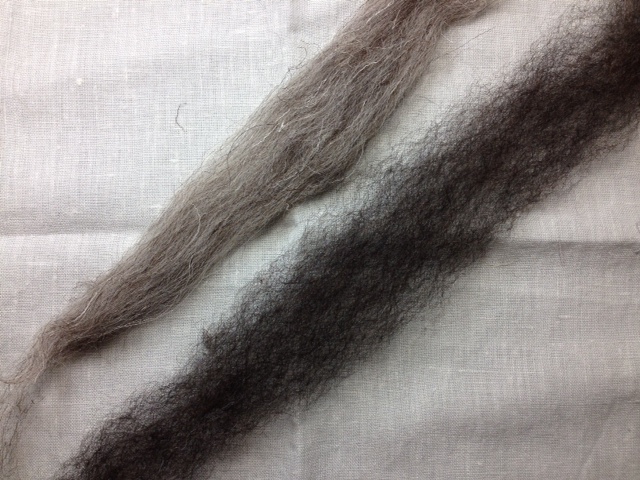
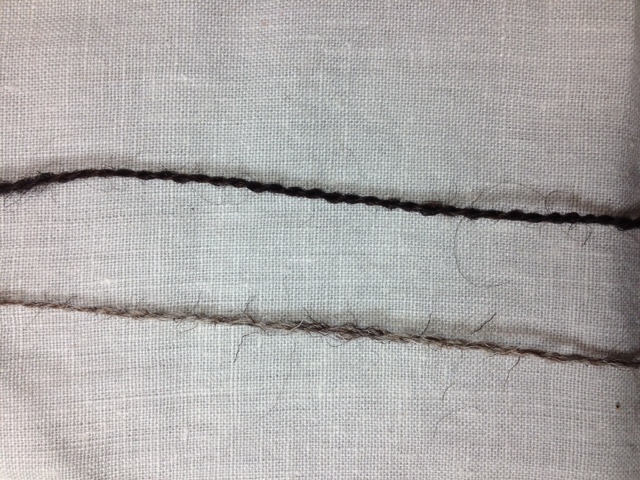
 RSS Feed
RSS Feed